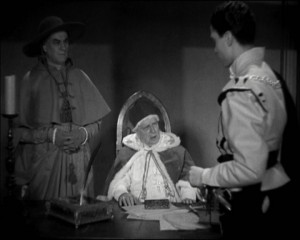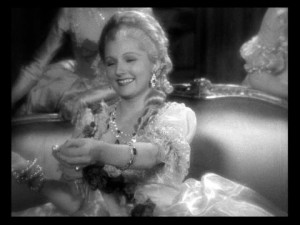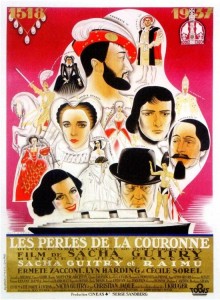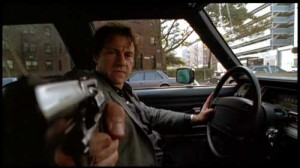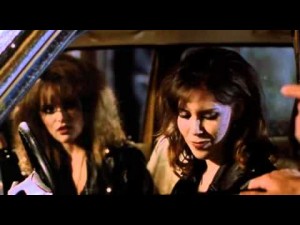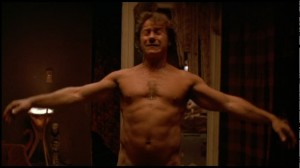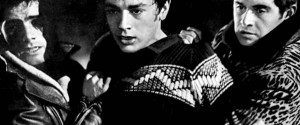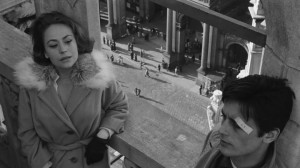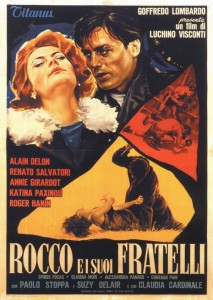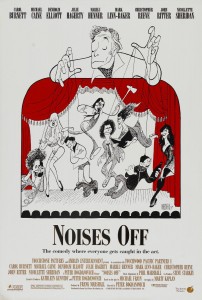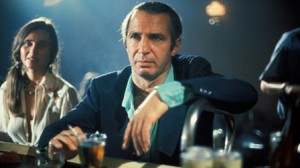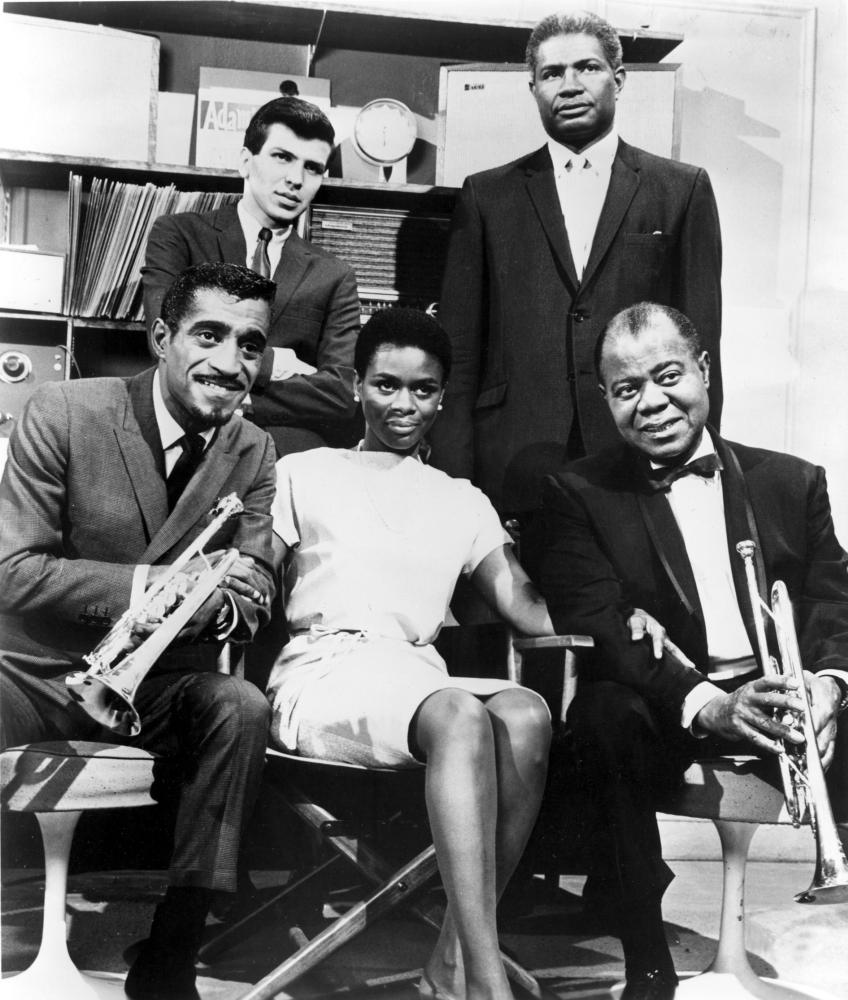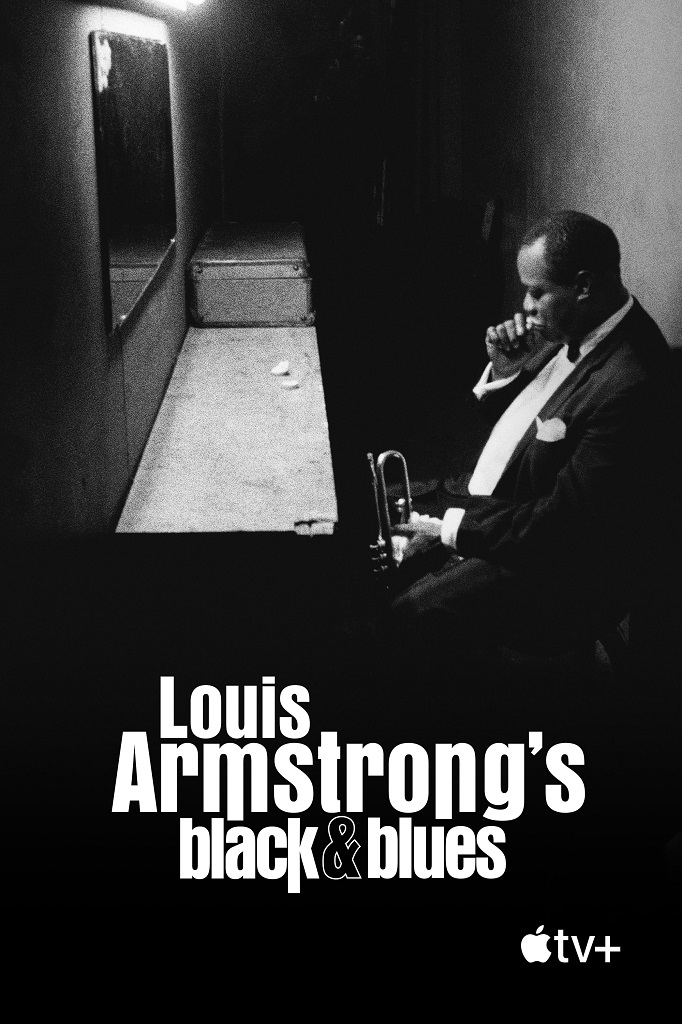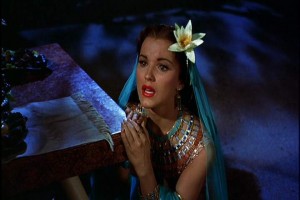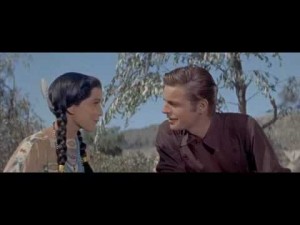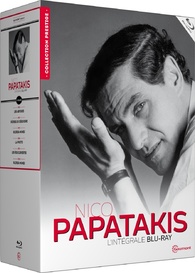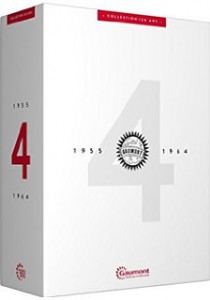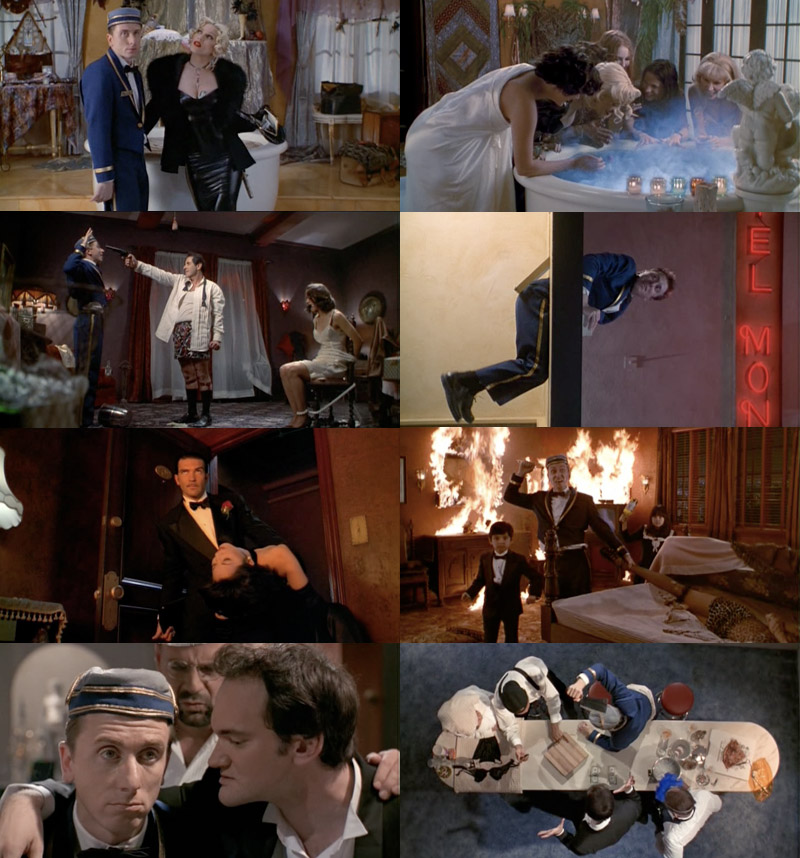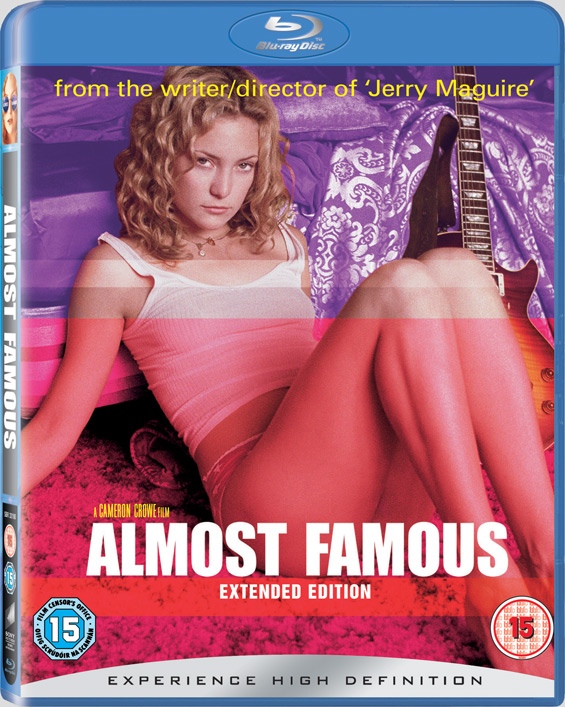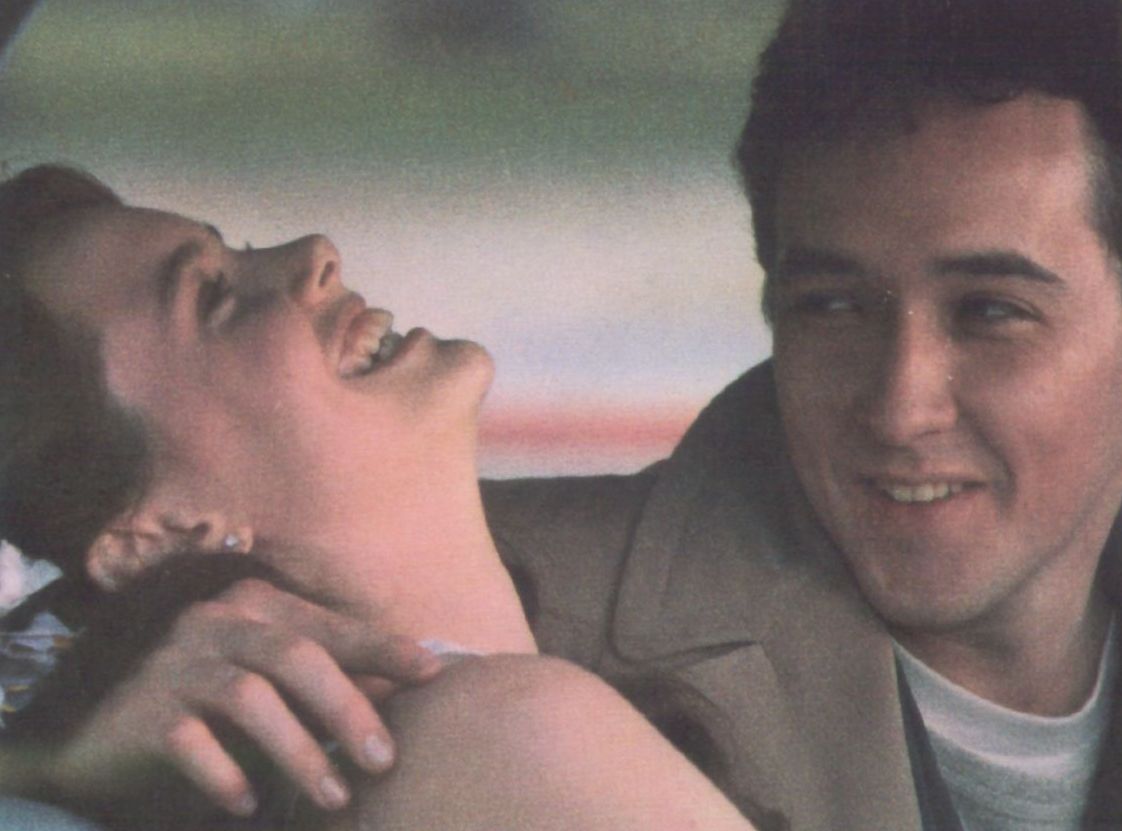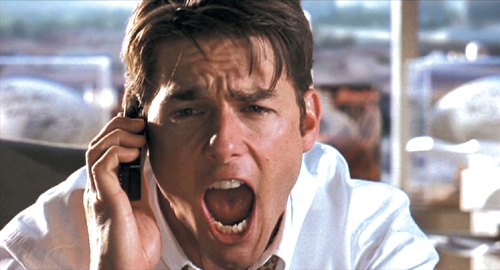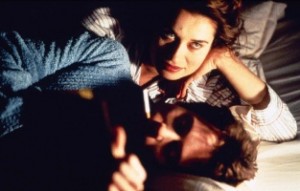It appears that I hated Basic Instinct when it came out in 1992 (this review appeared in the Chicago Reader on April 3), before I became something of a diehard Paul Verhoeven fan, and now I like the movie a lot. Or maybe I was a fan back then, at least in a back-handed sort of way, and wouldn’t or couldn’t admit this to myself. I offer the following as evidence of my former position, whatever it might have been.– J.R.
BASIC INSTINCT
No stars (Worthless)
Directed by Paul Verhoeven
Written by Joe Eszterhas
With Michael Douglas, Sharon Stone, George Dzundza, Jeanne Tripplehorn, Denis Arndt, Leilani Sarelle, and Dorothy Malone.
By Jonathan Rosenbaum
What’s really news about Basic Instinct isn’t that it’s number one at the box office; after all, that happens to some movie every week. Nor is it that you get to see Sharon Stone’s (quite ordinary looking) twat for a few seconds when she uncrosses her legs. Even the bisexual and lesbian psycho serial killers, which gay groups are protesting, aren’t news.
No, the real news about Basic Instinct is that Joe Eszterhas got $3 million for the script. This is clearly a script that’s going to be studied and emulated for some time to come. Read more


